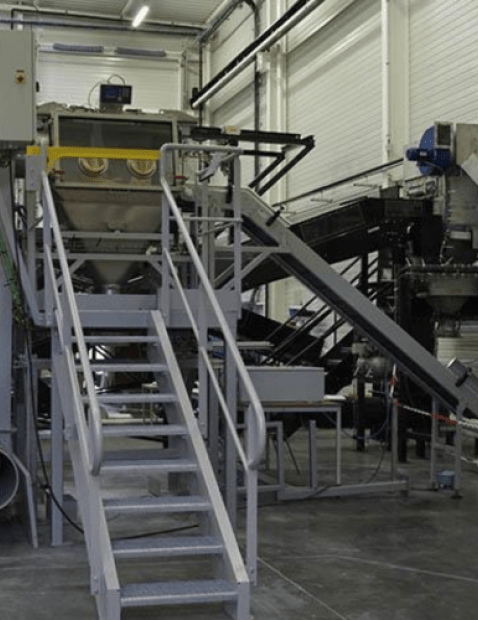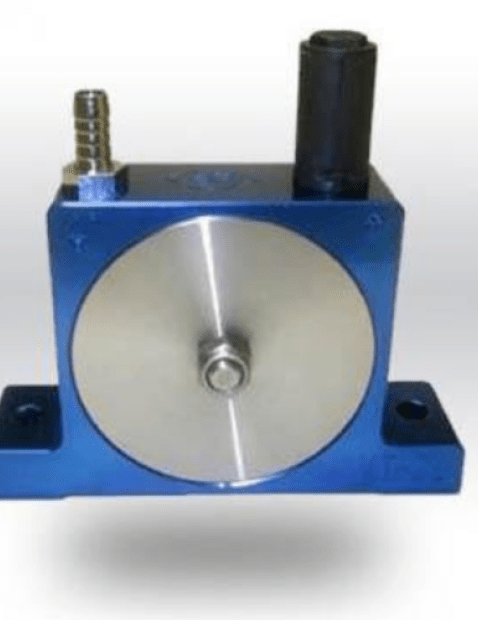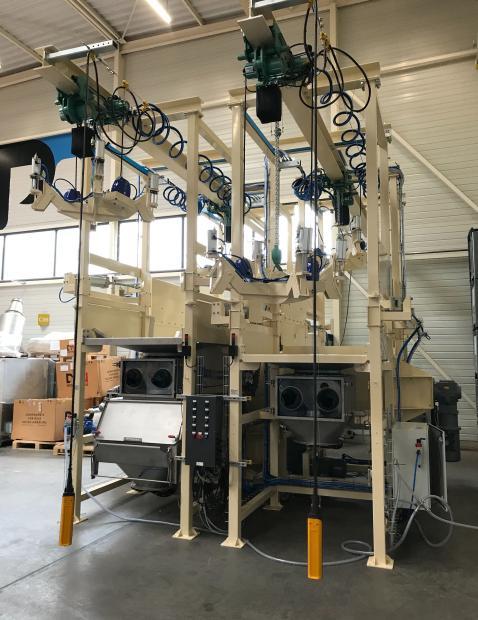
1. Flow capacity and density
Each powder has its own intrinsic specificities (composition, granulometry, morphology, density...) and reacts differently depending on various factors (environment, humidity, temperature, aeration rate, type of packaging, electrostatic charge, surface morphology, etc.).
The ability of a powder to flow is an essential parameter to consider before implementing a production line or new equipment. If your powder is "hard to flow", it may form lumps that can damage your machines.
Bulk density is also a consideration. In practice, bulk density depends on the degree of packing of a powder and several values can be measured:
- Aerated Density: A value measured in a cup filled with powder passed through a sieve to individualize particles.
- Density poured: Value measured by pouring a powder into a graduated cylinder.
- Tamped density or "powder measurement": Value poured into a test tube and then subjected to vibrations or blows to tamp it down as much as possible.

Need advice on the castability of your powders? I am available to study your project.
Guillaume, expert powder
2. Evaluate your powders using indices
Two indices can help you in the evaluation of your powders: the Hausner index, which analyzes the cohesive character and compressibility of your powder and the Carr index, which studies its degree of flowability.
Hausner index:
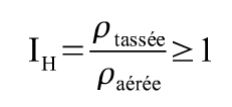
1 ≥ IH ≥ 1.2: slightly compressible and cohesive.
1.2 > IH > 1.4 : compressible and cohesive
Carr's Index:
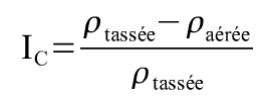
CI < 0.15: good flowability
0.15 ≤ IC ≤ 0.25 : average flowability
IC > 0.25 : poor flowability
Discover our articles on the qualification of your powders and the 7 properties of powders to know.
Palamatic Process can accompany you in the analysis of your powders and test them in its laboratory and test station. Contact us to get personalized advice for your project.














